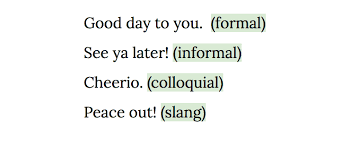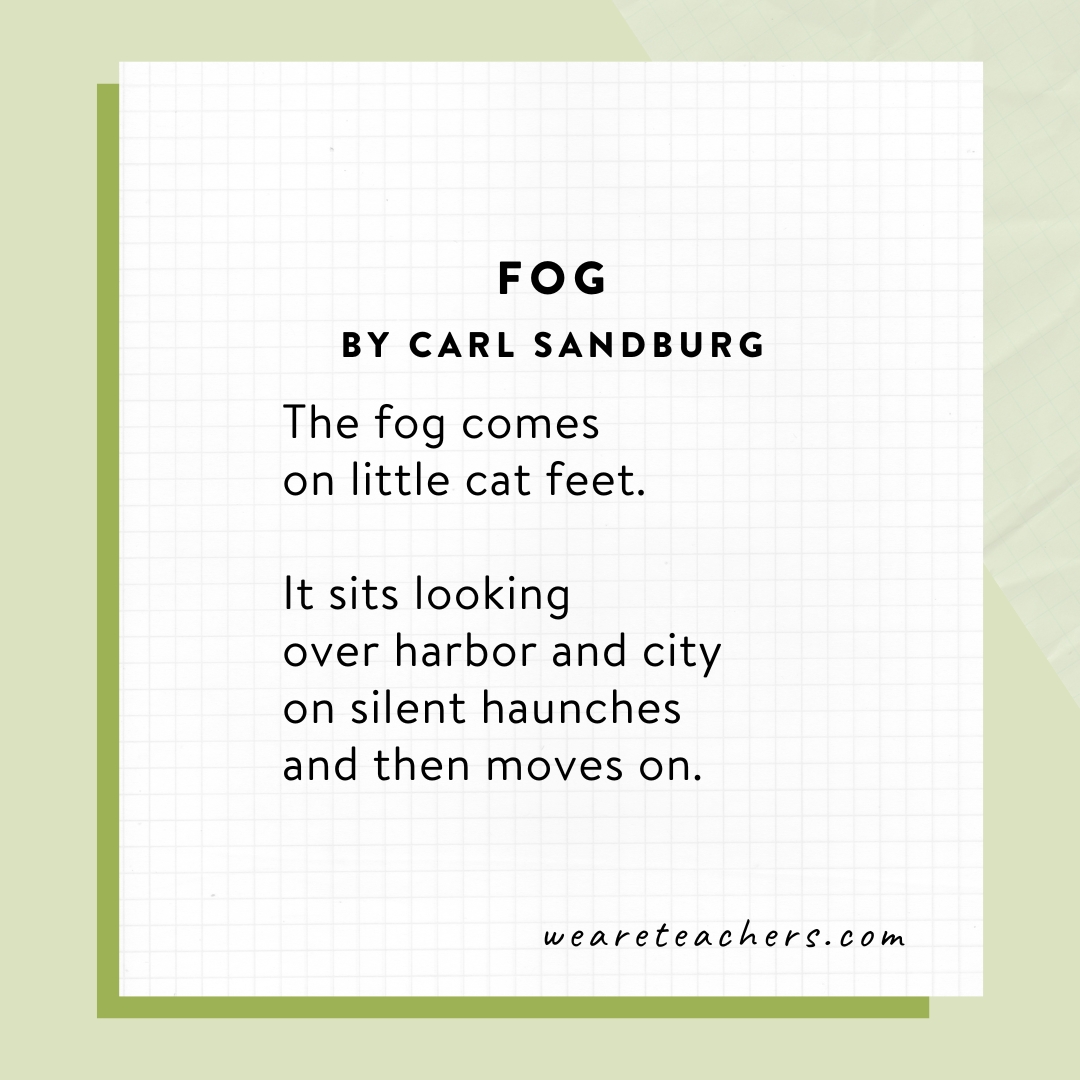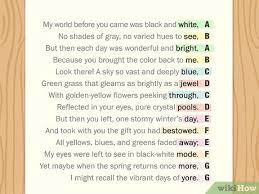ap lit vocab 2
1/19
Earn XP
Description and Tags
Name | Mastery | Learn | Test | Matching | Spaced |
|---|
No study sessions yet.
20 Terms

anaphora
Repetition of a word, phrase, or clause at the beginning of two or more sentences in a row.

caesura
a pause, usually near the middle of a line of verse, usually indicated by the sense of the line, and often greater than the normal pause.

conceit
an elaborate metaphor that compares two things that are startlingly different.

diction
the words the writer chooses to convey a particular meaning.

end stop
a pause at the end of a poetic line.(marked by a period (full stop), comma, semicolon, or other punctuation denoting the end of a complete phrase or cause, or it can simply be the logical end of a complete thought)

english/shakespearean sonnet
composed of 14 lines, and most are divided into three quatrains and a final, concluding couplet, rhyming abab cdcd efef gg.

enjambment
a poetic term for the continuation of a sentence or phrase from one line of poetry to the next (typically lacks punctuation at its line break)

euphemism
a word or phrase that softens an uncomfortable topic.

imagery
the use of language to evoke a picture or a concrete sensation of a person , a thing, a place, or an experience.

inversion
occurs when the writer changes the normal order of words. They are reversed, therefore leading to a different kind of effect.

italian/petrachan sonnet
a sonnet composed of a group of eight lines (octave) with two rhymes abba abba, and a group of six lines (sestet) with two or three rhymes variously arranged, typically cde cde or cdc dcd

kenning
a figure of speech in which two words are combined in order to form a poetic expression that refers to a person or a thing.For example, "whale-road"

octave
an eight-line stanza or poem.

oxymoron
a literary device combining oppositional words to create a unique word or phrase.(ex. virtual reality)

pun
a literary device that is also known as a “play on words.”

quatrain
a piece of verse complete in four rhymed lines.

refrain
a word, phrase, line, or group of lines that is repeated, for effect, several times in a poem.

sestet
A six-line stanza, or the final six lines of a 14-line Italian or Petrarchan sonnet.

slant rhyme
a type of rhyme with words that have similar, but not identical sounds.(ex. worm and swarm)

spenserian sonnet
divided into four stanzas (segments)—three quatrains (divisions of four lines) and one couplet (a pair of rhyming lines). Its rhyme scheme is abab bcbc cdcd ee. This style of poem is often called a linking sonnet because the rhyme pattern links the first three stanzas together.